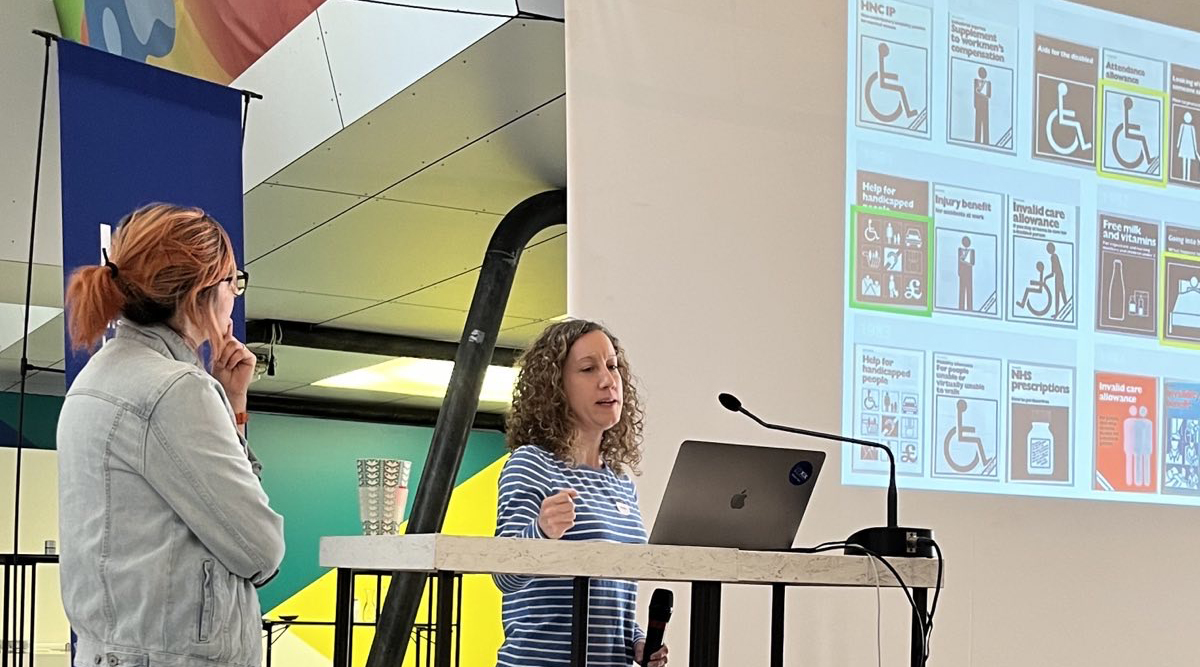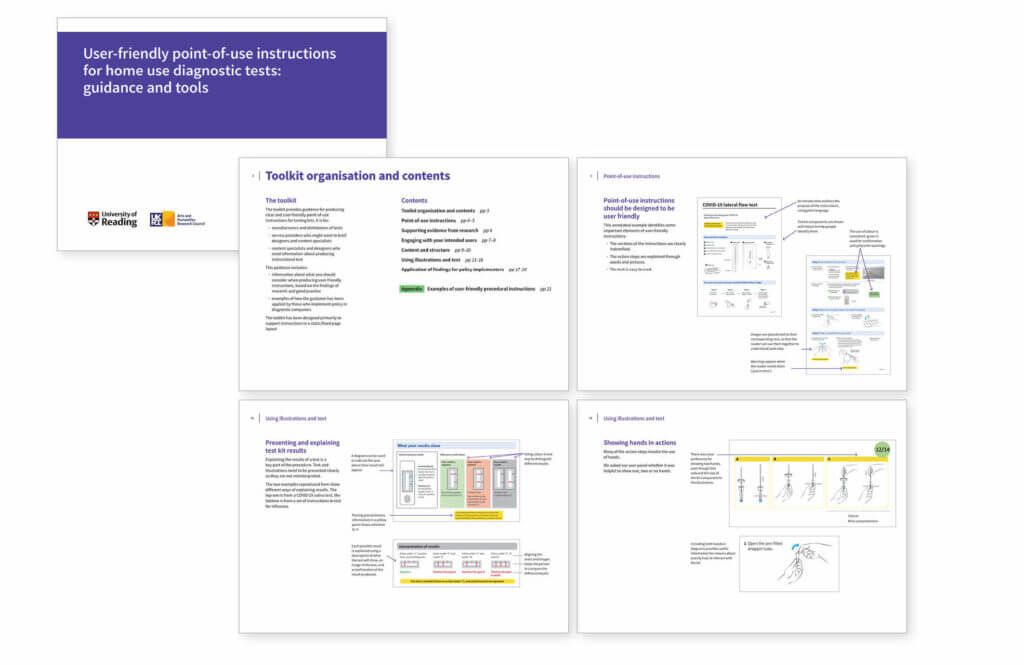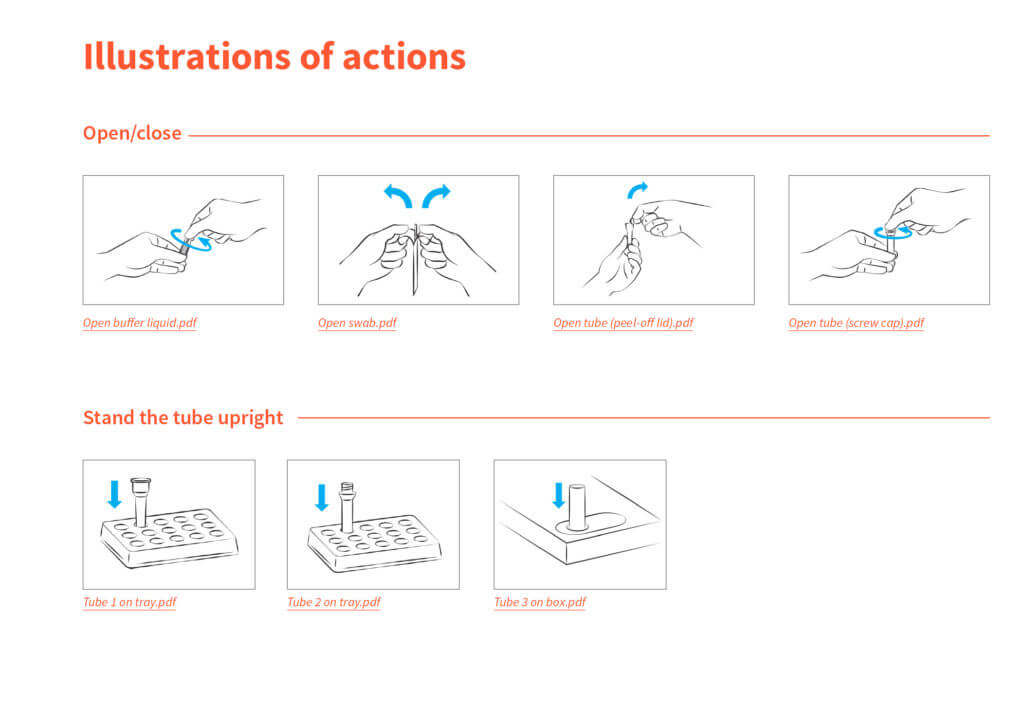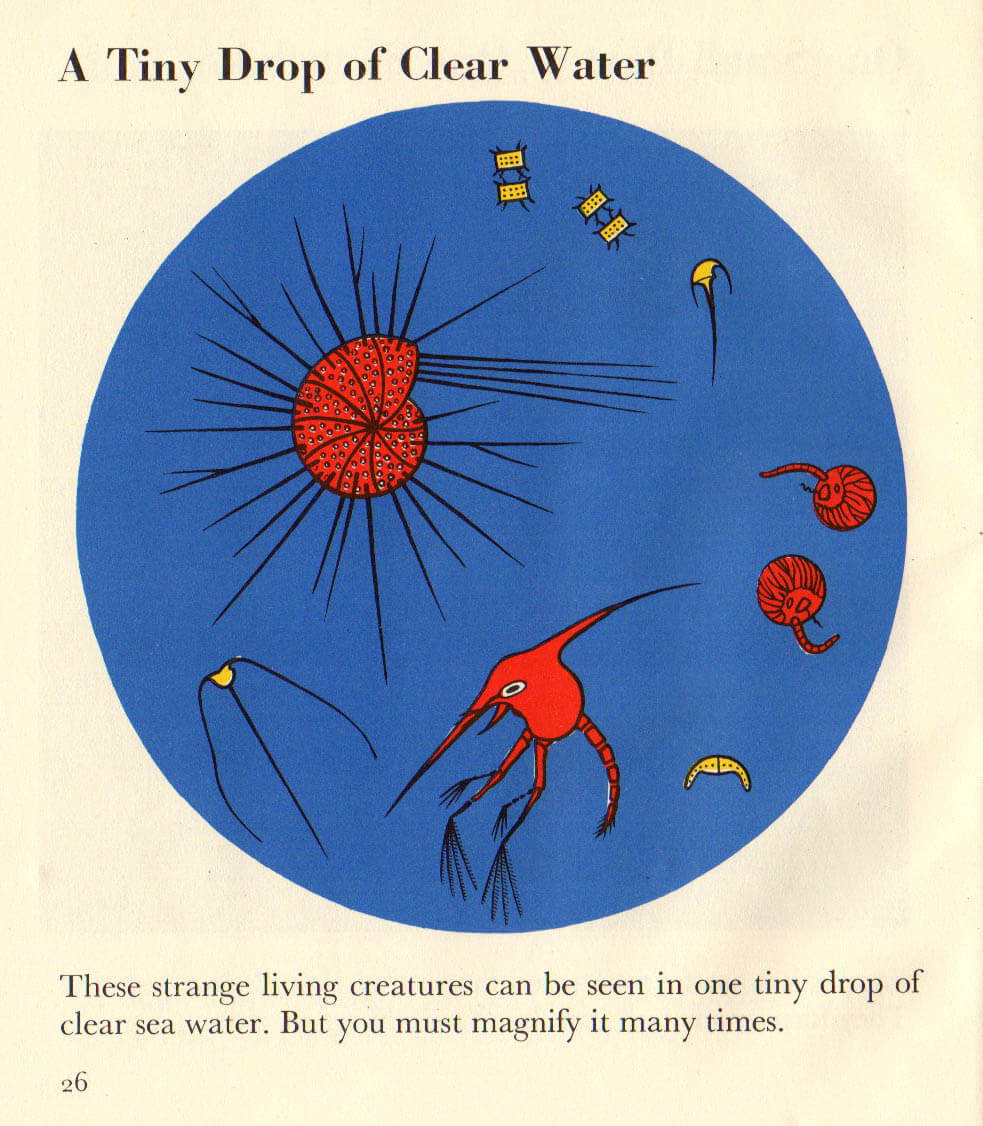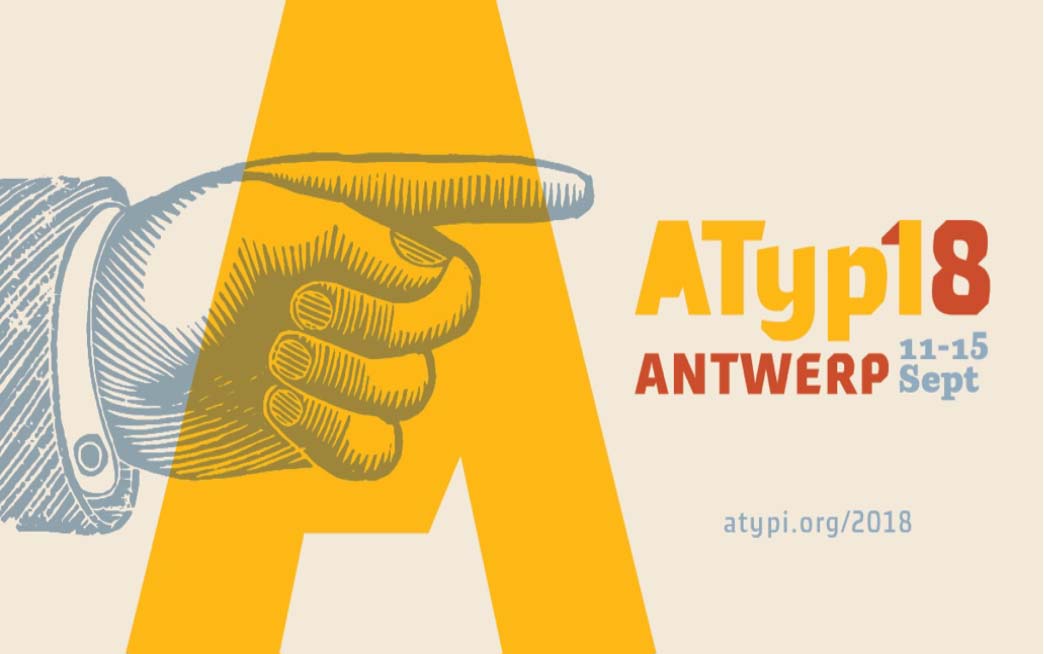At the 2023 IIID Vision Plus conference, Josefina gave a presentation about her, Sue Walker, and Al Edwards’s work on the project ‘Information Design for Diagnostics: Ensuring Confidence and Accuracy for Home Sampling and Home Testing’, which looked at the design and usability of instructions for point of use Covid-19 lateral flow rapid tests.
The talk focused on Josefina and Sue’s experience of applying the research findings and the design approach to a set of documents explaining how to use a test for viral flu. The team developed a toolkit to support the creation of point-of-use instructions, taking account of views from diagnostic industry members to inform an understanding of how instructions are produced currently and what guidance might be helpful.
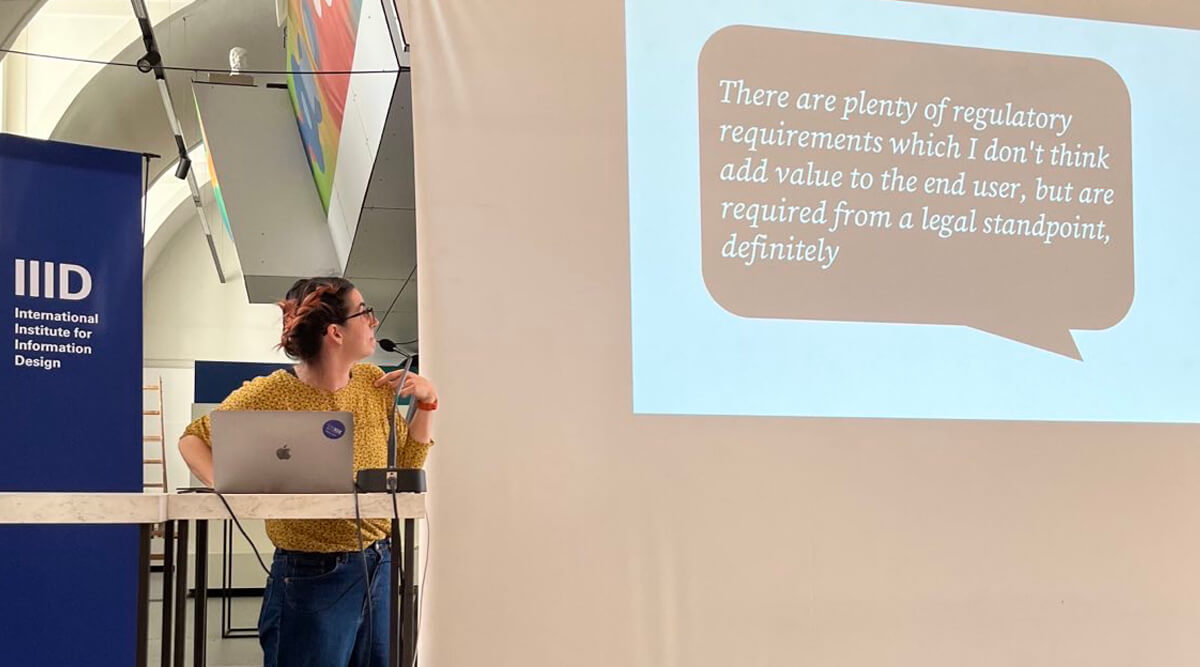
Plus, the IIID award ceremony closed the conference, and Josefina won an award in the Healthcare category for her work with CwPAMS on their Antimicrobial Stewardship Toolkit. Congratulations to Josefina!

